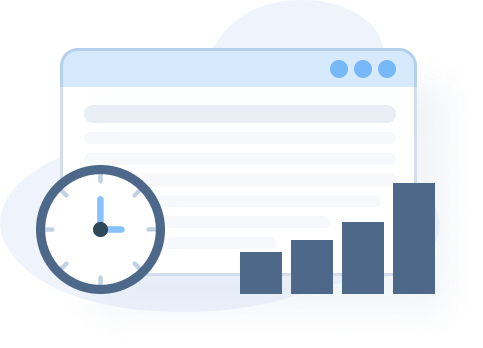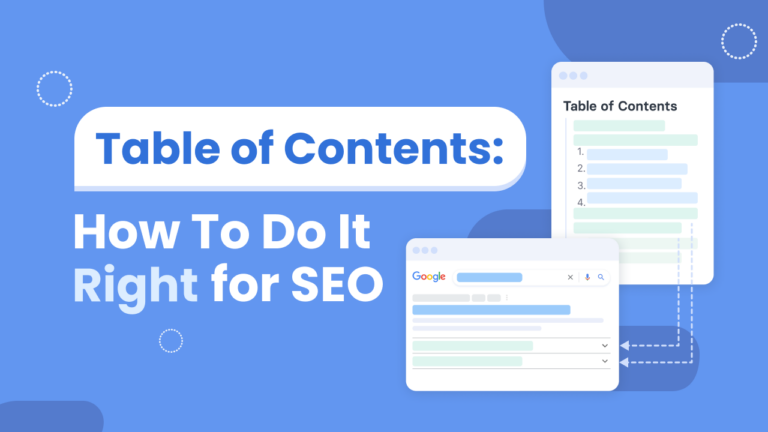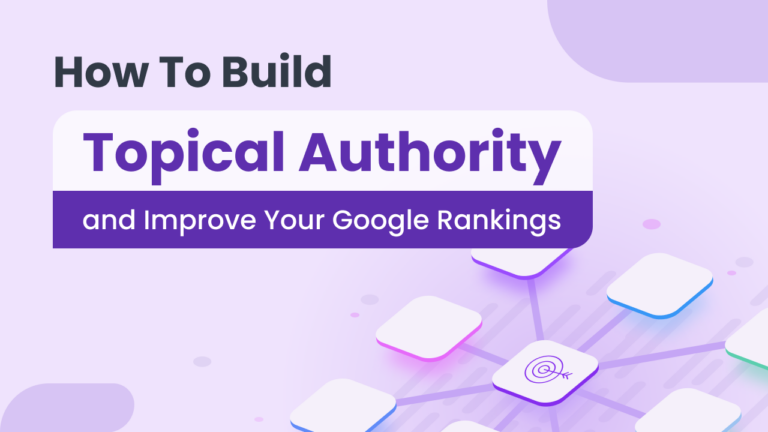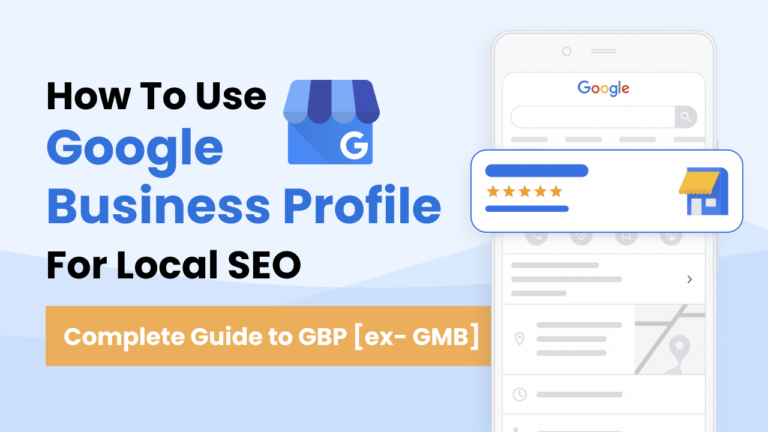Google used to rely on text data and backlinks to determine website rankings. However, over the years, Google has improved its algorithms to be able to better determine and address user needs.
With Google ranking pages that best fit user search terms and purpose, it has become imperative for businesses to understand search intent and how it can give companies a competitive edge.
What is Search Intent?
Every query done through a search engine is driven by a specific objective: a search intent. Does a user want to learn more about a particular topic? Are they looking to buy something, or are they seeking ways to get in touch with a business? Search intent is an often overlooked ranking factor that you can utilize to boost website traffic and improve your website ranking on Google. For example, when looking for a tutorial on content optimization, a user would search “content optimization tutorial” on Google, find several results, and click on the first one. If the first resource is incomplete or doesn’t fully address the user’s immediate need, the user will probably click on another site to find a more comprehensive guide. Thus, websites that don’t meet a user’s search intent are less likely to rank higher in Google. On the other hand, websites that meet the user’s search intent will gain in authority and will be rewarded by having a significant boost in their page ranking.The 4 Different Types of Search Intent
There are four primary types of search intent:Informational intent
Informational intent, as its name suggests, is when a user is looking for information. It can be anything, from updates on the weather, how to optimize your website for SEO, or something that requires a more in-depth answer. Informational searches don’t always take the form of a question and can even be typed as a simple statement. Google’s understanding of search intent goes beyond a specific term and is programmed to include related searches. It understands that someone who searches for chicken broth can also be someone looking for recipes that use chicken broth. For informational queries that are of a tutorial nature, like “how to’s”, the search engine understands the nature of the query and can include helpful photos and videos that best meet the user’s needs. To help identify informational intent, look for search queries with words like:- What is
- How to
- What are
- Why do
- Top travel destinations
- How to use a sewing machine
- What is a tardigrade
Navigational intent
Navigational intent, also known as brand or known entity query, is when a user has a specific website or location in mind and is conducting a search for it. It’s a quicker, more efficient way to access a certain website, and it comes in handy when a user is unsure of a website’s exact URL. Words or phrases that clue you in on “Go” queries can include:- Brand names or branded keywords
- Website names (without their domain extensions)
- Twitter About page
Transactional intent
Transactional intent refers to searches where a user wants to perform a specific action. In this case, it’s to make a purchase or avail of a service. In most cases, a user already has an idea of what they want to buy and is just searching for where they could best purchase it. Search query for this type of intent can include words such as:- Buy
- Quotes
- Deals
- New iPhone quotes
- Buy cleaning supplies online
- Car insurance deals
Commercial Investigation intent
A user may intend to buy something in the future but has yet to make a final decision. Commercial investigation is when an individual uses the web to do some research. Users might be looking for product reviews or comparisons to help them come to a decision. Queries of this nature usually look like this: Best restaurant near me (note that this can also fall under the fifth category, the visit-in-person intent)- What is the best drawing tablet for beginners
- Google Assistant vs. Siri
Visit-in-person
A visitor will turn to this type of query when they want to conduct an in-store visit to a particular business or establishment. This kind of search often involves indicating a specific type of location and include phrases like “near me” or “nearby”. Examples of its usage include:- Open Vietnamese restaurants near me
- Apple store NYC
The Benefits of Understanding Search Intent
Search engines are programmed to understand what a user’s search intent is, so they tend to display pages that are most relevant to the query. These pages land the most coveted spots, which is usually somewhere on the first page of the search engine results page (SERP). A typical query only has around three words, which search engines interpret. The challenge is in ensuring that your site content is relevant to these short terms and reflects what your target audience is looking for. Having a thorough understanding of search intent will enable you to avoid a common SEO mistake. When brainstorming content ideas, make sure to tailor your content to better meet users’ varied needs. This is key to crafting a successful SEO campaign.Optimizing Your Website for Search Intent
To be able to create relevant content that suits your target market’s needs or optimize your existing content, you need to harness the power of search intent. Here are some steps you can follow when developing a website that’s optimized for search intent:Do a keyword research
Identify relevant search terms that are most commonly used by your audience. There are several tools available online that you can use to conduct keyword research. One easy way to get keywords your site is already ranking for is to take a look at your Google Search Console queries. You can also rely on Zenbrief, our content optimization software. Zenbrief will help you create better content by assisting you in searching for the right subtopics and keywords. This allows you to create tailored content that can suit different user needs. For example, when it comes to determining informational intent, Zenbrief will give you a list of what people are asking about. Aside from doing your homework, you need to understand the nature of the queries that bring traffic to your website, so that you can create the right content.Create relevant content
Your content should meet the three Cs of search intent, which are content type, content format, and content angle.- Content type can refer to a blog post, a landing page, a product page, or a category page.
- Content format is the nature of a specific content, which can take the form of a guide, tutorial, or review, among other forms.
- Content angle provides users with some insight on what they’re going to get when they conduct a search. It can be seen as a post’s unique selling point.
Build a Google Business Profile for local search intent
If your business offers local product or services, creating a Google Business Profile (formerly known as Google My Business) will help you capture navigational search intent, such as people looking for the services you offer in your area either through Google Search or Google Maps. In addition, Google Business Profile helps with SEO and allows you to provide vital information about your business to your potential customers through the local knowledge panel.
Gain insight from resources like search results
Search results are an important resource that can often be overlooked when trying to understand a user’s search intent. The “People also ask” feature and the featured snippet tell you about what people usually search for. Additionally, you can try analyzing the SERPs and top search results to gain information on what exactly users are looking up. The title of the highest ranked websites can give you an idea into the user search intent. Aside from paying attention to search intent, you also need to consider elements, like content clusters, and how they can affect your SEO and keyword usage. Even when you’ve familiarized yourself with SEO and search intent, not taking content clusters into consideration can lead to amassing content with a generalized feel. This, in turn, can affect your ranking on SERPs. By implementing content clusters, you’ll help Google provide users with search results that are reliable and high-quality. To improve the ranking of your website, you can opt to use an advanced SEO software such as ZenBrief that enables you to create the kind of content that could drive more organic traffic to your site. ZenBrief relies on AI to help you optimize your content. Keep in mind that your content has to match your audience’s search terms and that understanding users’ search intent is essential to improve your website’s visibility and relevance.Was this helpful?
Let us know if you liked the post. That’s the only way we can improve.





